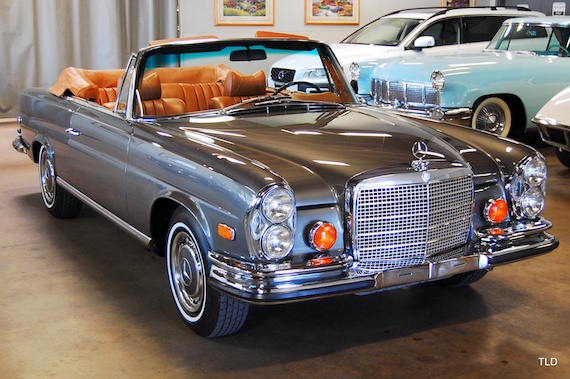Most German car enthusiasts are no longer familiar with the name “DKW”. It’s a shame considering the long history of DKW, whose name originates from the German Dampf-Kraft-Wagen or “steam powered vehicle” – just to give you a sense of the time period they started out. DKW reached its zenith in the 1930s, a time when Germany was experiencing massive growth in its economy and Hitler wanted to turn the Fatherland into a nation of drivers. Ironically, despite his notable efforts supporting Grand Prix racers and the development of the Beetle, pre-War automobile ownership in Germany was amongst the lowest in all of Europe. They were, rather, a nation of riders – motorcycles, to be precise, buying more of the two-wheeled transport than anyone else in Europe. It was what gave companies like BMW a start, for example, but the most successful of all of the pre-War motorcycle companies was DKW. Upon joining the Auto Union in 1932, they began experimenting more with small cars. But the aftermath of World War II meant that the area that DKW, Audi and Horch – 3/4 of the Auto Union company – were stuck in Soviet controlled areas, most of the factories being disassembled and sent back further behind the Iron Curtain as war reparations.
The result was that in the late 1940s and early 1950s, new efforts to resurrect these names were attempted. It’s not very surprising that the attempts were made; after all, imagine if Chevrolet went out of business due to a War; you can bet once things were cleaned up, someone would try to make a Corvette. And sure enough, based upon some pre-War designs the F89 was born. As with most post-War cars in Germany, it was small, affordable and versatile. DKW utilized the platform to create what was, in essence, the first Audi Avant. The F94 chassis you see here was an updated version of the F89, replete with the 2-stroke 3-cylinder engine that the company claimed gave the power of an inline-6 – hence the paradoxical naming strategy of 3=6 for the Sonderklasse. With a space-saving transverse motor driving the front wheels, there was ample room for flexible seating in the rear. Outside was a reasonably aerodynamic, compact design and the small motor ensured reasonable fuel economy – though no promise of speed. Today, nearly 70 years after the design was first sketched out, finding these Universal Kombis is extraordinarily hard – and when they surface in the U.S., they’re typically not in particularly good shape:






